Master Skills Faster with Visualization Techniques
The Use of Imagery in Enhancing Athletic Skill Acquisition
Imagery serves as a powerful cognitive tool in sports. Athletes visualize actions, refine techniques, and enhance performance. Mental simulation helps athletes prepare for competitions and boosts their confidence. From beginners to elite professionals, imagery forms a core part of effective training. This blog post explores imagery’s mechanisms, types, and practical tips for athletes to improve skills and performance.
Understanding Imagery in Sports
Imagery creates mental pictures of actions, movements, or outcomes. Athletes use this technique to simulate experiences that activate brain pathways. Studies show that imagery improves motor skills, performance, and self-confidence. When athletes visualize movements, their brains engage similarly to physical practice, reinforcing neural connections for skill execution.
Types of Imagery
Imagery divides into two primary types: internal and external.
– **Internal Imagery**: This type involves visualizing oneself performing a skill. A gymnast might picture each routine element, including muscle contractions, movement timing, and landing sensations. Internal imagery fosters personal execution focus, deepening movement connections.
– **External Imagery**: This type involves visualizing oneself from an outside perspective. An athlete might view themselves executing a perfect jump or finishing a race. This perspective helps athletes analyze performance objectively, allowing skill refinement and adjustment.
Both imagery types can prove effective. Athletes may find one resonates more than the other. Experimenting with both types helps identify which benefits individual skill acquisition most.
The Role of Emotions in Imagery
Imagery involves more than visualizing physical actions; it includes emotional components. Athletes visualize the technical aspects and associated feelings. For example, a basketball player might imagine the thrill of making a game-winning shot or the pride of achieving a personal best. This emotional engagement enhances the mental experience, increasing motivation and focus during practice and competition.
Tips for Effective Imagery Practice
To maximize imagery’s potential, athletes should follow specific strategies. Here are effective tips:
1. **Set Clear Goals**: Define your objectives with imagery. Whether improving a skill, enhancing focus, or boosting confidence, clear goals guide practice.
2. **Create a Routine**: Incorporate imagery into daily practice.
Conclusion
In summary, imagery enhances athletic skill acquisition. It improves performance and boosts confidence through emotional engagement.
Below are related products based on this post:
FAQ
What is imagery in sports and how does it benefit athletes?
Imagery in sports involves creating mental pictures of actions, movements, or outcomes, allowing athletes to simulate experiences that activate brain pathways. This cognitive tool enhances motor skills, boosts performance, and builds self-confidence by engaging the brain similarly to physical practice, reinforcing neural connections necessary for executing skills effectively.
What are the main types of imagery used by athletes?
The two primary types of imagery are internal and external. Internal imagery involves visualizing oneself performing a skill, focusing on personal execution, while external imagery involves viewing oneself from an outside perspective, allowing for objective analysis and skill refinement. Both types can be effective, and athletes may benefit from experimenting with both to determine which works best for their skill acquisition.
How can athletes practice imagery effectively?
Athletes can maximize the potential of imagery by setting clear goals for their imagery practice, whether it’s improving a skill, enhancing focus, or boosting confidence. Additionally, incorporating imagery into a daily routine ensures consistent practice, which is crucial for reinforcing the mental skills and emotional engagement necessary for effective performance.
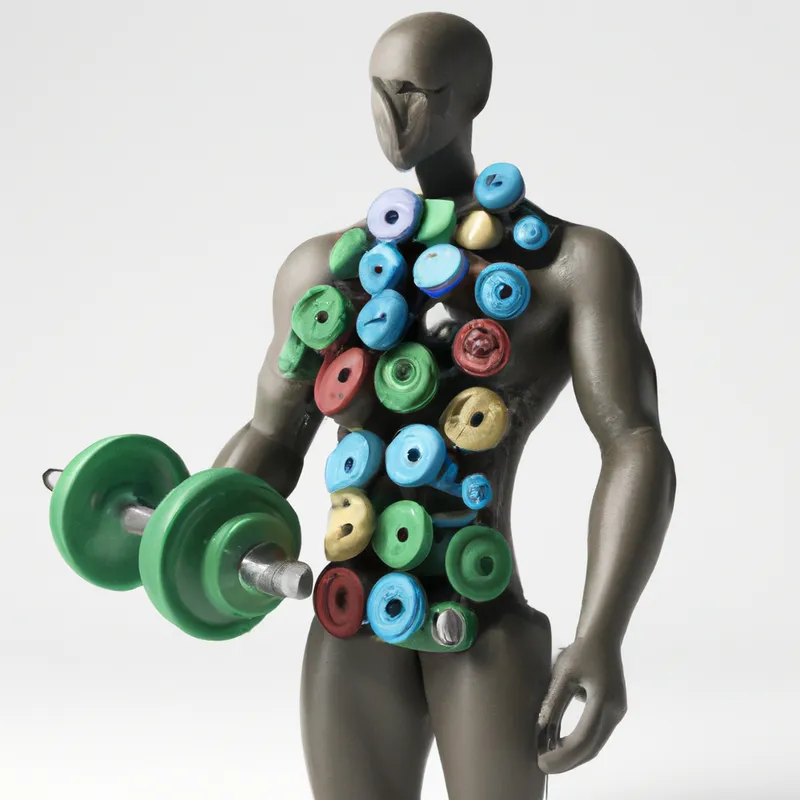

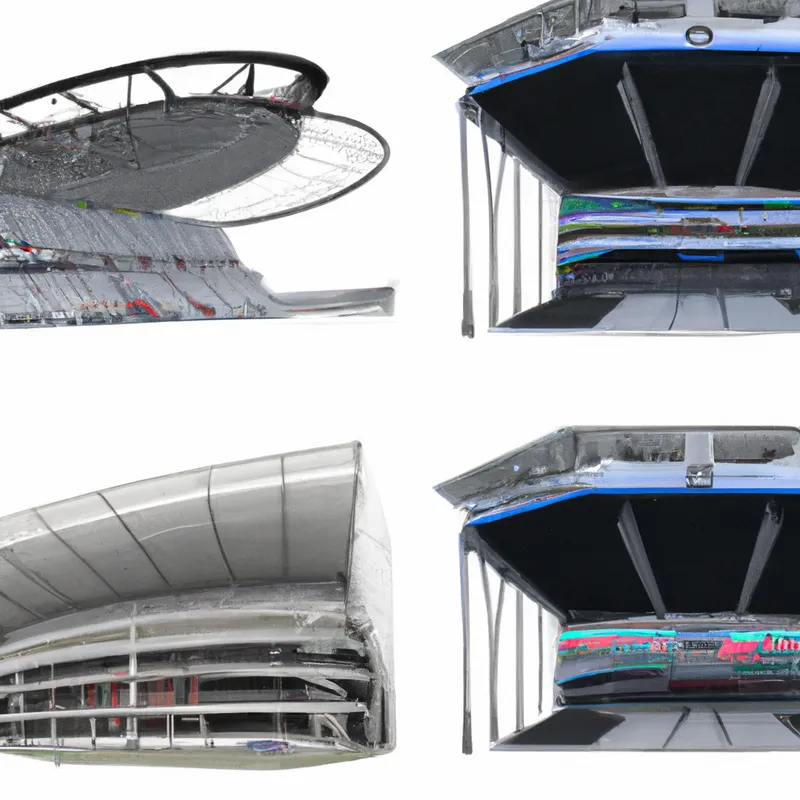

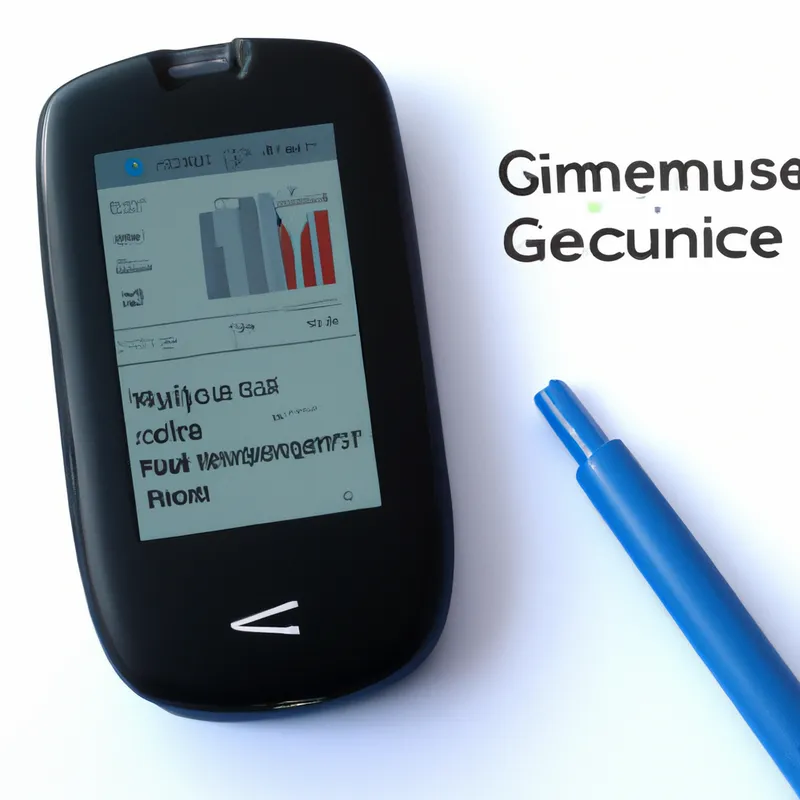
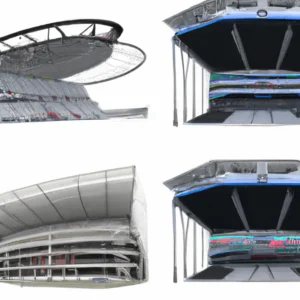


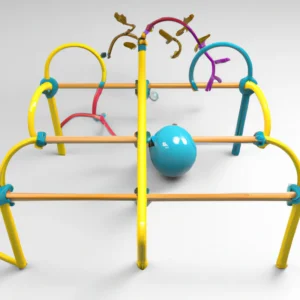





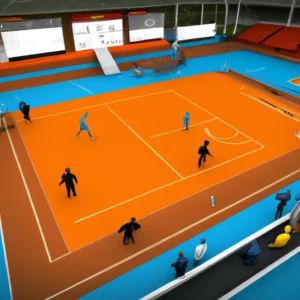
Post Comment